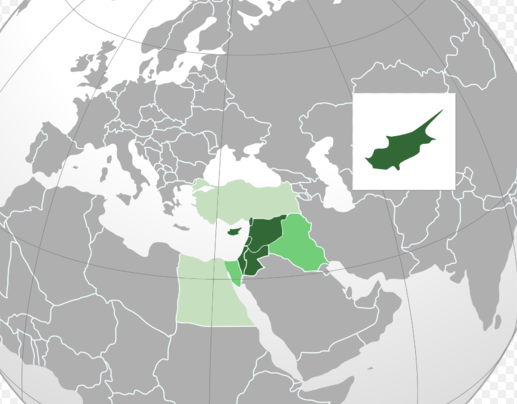Syria is not Libya, it will not implode, it will explode beyond its borders— Kofi Annan, June 7 2012.
This was Kofi Annan’s refrain as he trod the tough diplomatic landscape to cajole Assad, Syria’s international backers, and the west to meaningfully implement a political resolution to the crisis. The trajectory of the conflict strongly suggested that a Syrian civil war could ignite the whole region. He wasn’t alone in this assessment (here’s the International Crisis Group saying pretty much the same thing). But his warnings were not heeded, and now we are very close to the point at which the entire Levant is being drawn into hot conflict.
Here are 3 disturbing signs that Kofi Annan’s prediction has become manifest.
1) On Friday and Sunday, Israel bombed sites in Syria it suspected of being connected in some way to the transfer of conventional arms to Hezbollah. The bombing could have been an opportunistic chance to destroy targets long on its radar; or the very real reaction to what it conceived to be an immediate danger. The IDF is now reporting that rockets fired from Syria have landed in the Golan Heights. The spokesperson calls those rockets “errant”; the bottom line, though, is that Israel has just been directly drawn into the Syrian civil war in a very visible way.
2) Last month, the USA announced it was sending a contingent of 200 American troops to Jordan to “improve readiness and prepare for a number of scenarios.” Jordan has already received about 500,000 refugees, and the UN says that number will probably rise to 1 million by the end of the year. That’s about one sixth of Jordan’s population. Even a relatively wealthy country would have trouble with this kind of influx. Jordan simply cannot keep up with the demands placed by the refugees, and there is renewed talk of a creating a humanitarian corridor on the Syrian side of the Jordanian border.
3) When Syria sneezes, and Lebanon catches a cold. Syria is on its deathbed, and is about to descend into bloody sectarian conflict. So where does that leave multi-ethnic Lebanon? Like Jordan, Lebanon has attracted hundreds of thousands of refugees. But unlike Jordan, this influx risks sparking sectarian strife. (And already has.) Further, Lebanon-based Hezbollah is actively fighting along side of Assad’s regime, which naturally increases tensions with Sunnis and Christians inside Lebanon. That dynamic lead to the resignation of Lebanon’s prime minister last month. It is not inconceivable that as ethnic conflict in Syria spirals out of control, Lebanon will get dragged down with it.
We are far past the point at which Syria can be considered simply a “civil war.”
